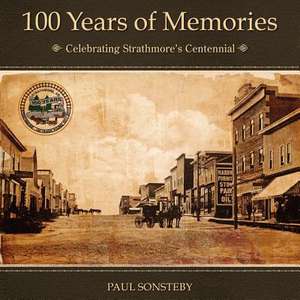100 Years of Memories
Autor Paul Sonstebyen Limba Engleză Paperback – 28 feb 2012
Preț: 416.17 lei
Nou
Puncte Express: 624
Preț estimativ în valută:
79.64€ • 83.35$ • 66.28£
79.64€ • 83.35$ • 66.28£
Carte tipărită la comandă
Livrare economică 26 martie-01 aprilie
Preluare comenzi: 021 569.72.76
Specificații
ISBN-13: 9780987812605
ISBN-10: 0987812602
Pagini: 210
Dimensiuni: 216 x 216 x 14 mm
Greutate: 0.39 kg
Editura: Polished Publishing Group
ISBN-10: 0987812602
Pagini: 210
Dimensiuni: 216 x 216 x 14 mm
Greutate: 0.39 kg
Editura: Polished Publishing Group









